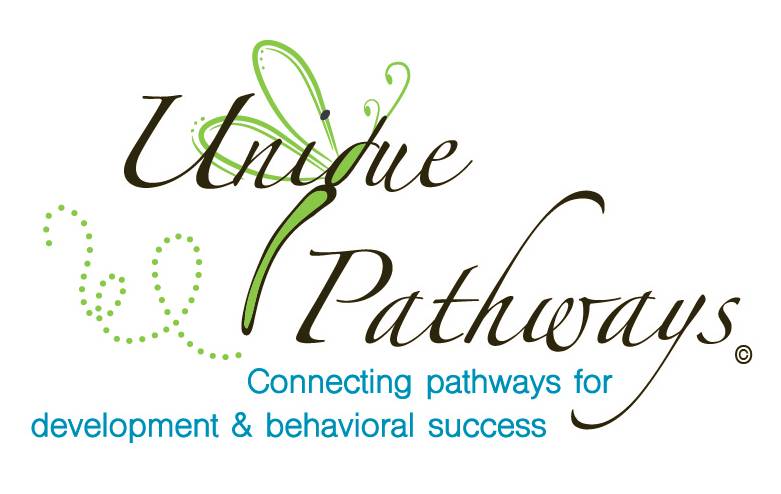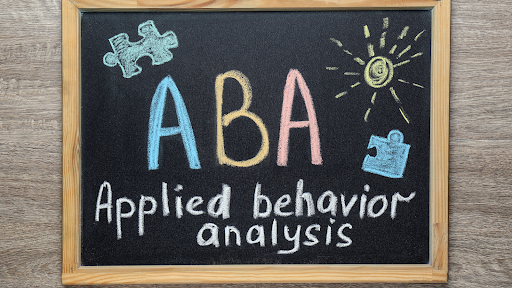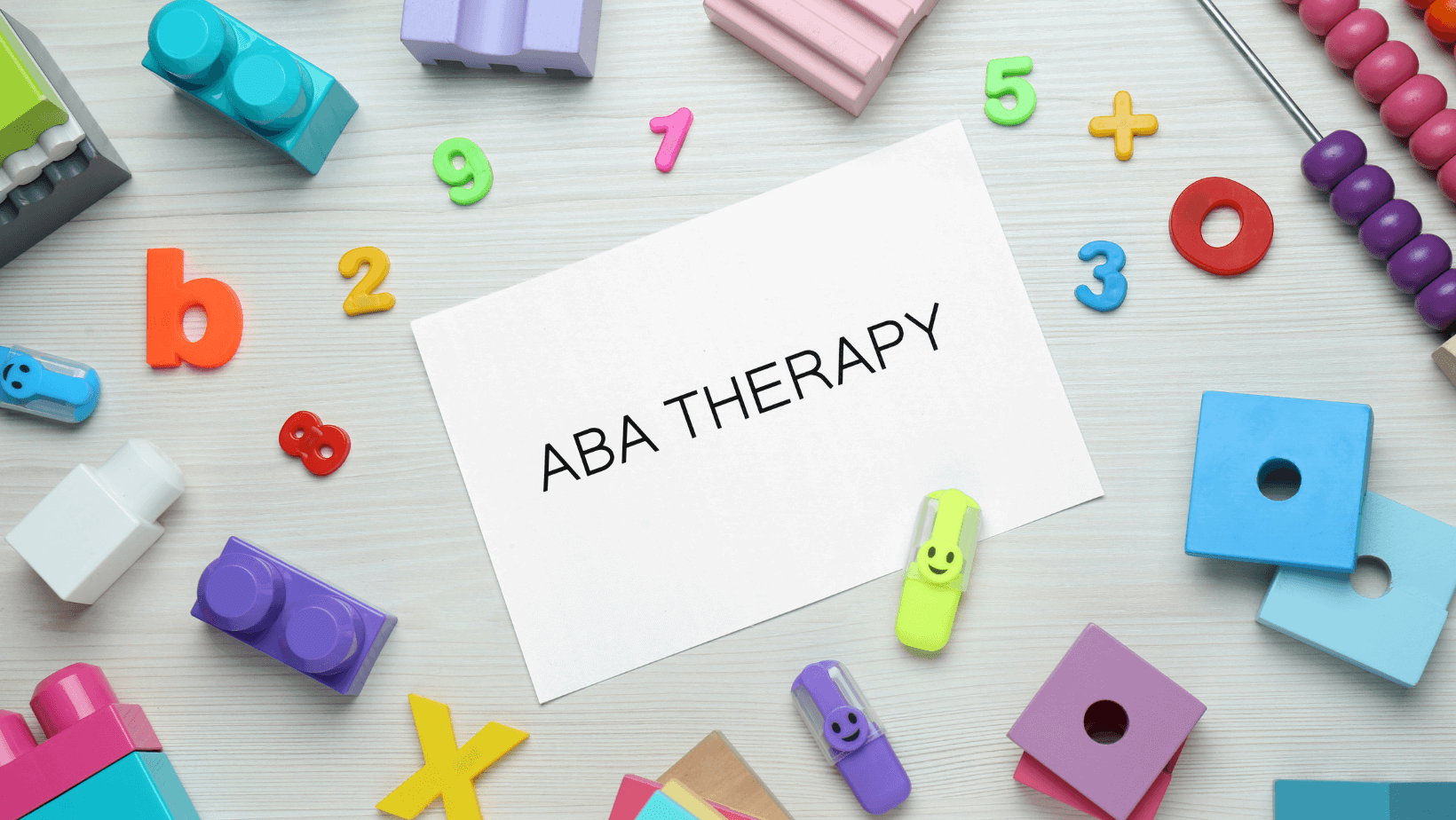Speech therapy and Applied Behavior Analysis (ABA) can be a powerful combination for children with developmental challenges like speech disorders or autism. These therapies work hand in hand to not only improve communication but also help manage behaviors, offering kids the tools they need to better express themselves and navigate the world around them.
By combining ABA with speech therapy techniques, children can see real progress in their language skills, work through challenges like slow or slurred speech, and build stronger connections with those around them. Whether it’s helping with language, fluency, or communication disorders, this partnership can make a world of difference in a child’s life.
For families, watching a child say their first clear word or communicate their needs for the first time is a moment of hope and joy. Together, ABA and speech therapy offer that possibility—supporting children to overcome obstacles and grow in ways that touch the heart. Let’s dive into how these therapies come together to support development.
Explore our ABA and Speech Services
Key Areas of Focus
Speech therapy and ABA therapy provide important support for children with developmental challenges, particularly in the areas of speech and behavior. These therapies work together to improve how children communicate and interact, helping them grow and thrive.
Speech Therapy
Speech therapy helps children improve how they make sounds, focusing on issues like articulation disorders, where a child might struggle to say certain words or sounds clearly. It also helps with expressive disorders, which affect how children share their thoughts and ideas. Another key focus is receptive disorders, where children may have trouble understanding what others are saying.
Speech-language pathologists also help children with fluency disorders, like stuttering, and teach skills to improve swallowing, making sure children can eat and speak safely. Overall, speech therapy builds a child’s language skills and boosts their ability to communicate in social situations, helping them feel more confident when expressing themselves.
ABA Therapy
ABA therapy, often led by a board-certified behavior analyst, uses positive reinforcement to help children learn better behaviors and improve communication. For example, children can be taught how to ask for things they need or how to interact with others in social settings.
ABA also helps reduce repetitive behaviors that are common in children with autism, like hand-flapping or repeating phrases. It teaches important daily skills, such as getting dressed or following a routine, so children can become more independent. By focusing on these areas, ABA therapy helps children manage behavior challenges and gain confidence in everyday tasks.

Collaborative Approach
When speech therapists and ABA providers work together, they combine their strengths to create a personalized plan that addresses both communication and behavior challenges. This teamwork helps children make progress from different angles.
Speech therapists focus on improving children with cognitive communication disorders. They work with ABA providers to find the best tools for children who have trouble speaking, such as picture boards or other simple methods to help them express themselves. They also help with important skills like chewing and swallowing, especially for kids who have difficulties with eating or sensory issues.
ABA providers, on the other hand, focus on managing behaviors that might make speech therapy difficult. They use strategies to keep kids focused and engaged during sessions. They also work on reducing disruptive behaviors and use positive reinforcement to help kids improve their speech and language skills, especially if they struggle with issues like stuttering or other speech challenges.
Benefits of Collaboration
When speech therapists and ABA providers work together, children and their families benefit from more focused and effective care. By combining their expertise, the therapy becomes more streamlined and tailored to the child’s unique needs.
Avoids duplicate treatments: Working as a team helps ensure that each session is different, focusing on specific areas without repeating the same techniques. For example, while speech therapists may work on language skills, ABA providers might focus on behavior management during mealtime.
Saves money: Since the collaboration leads to fewer, more focused sessions, families often save money by not needing as many appointments.
Keeps treatment consistent: Both therapists work together to provide a consistent approach, which helps the child stay on track and makes it easier for parents to see progress.
Improves overall progress: With both communication and behavior challenges being addressed, the child’s development happens more smoothly, leading to better long-term results in areas like talking, following routines, or managing emotions.
Better quality of care: When speech therapists and ABA providers are on the same page, the care is more coordinated, helping the child feel supported in every part of their therapy journey.

Best Practices for Collaboration
For speech therapists and ABA providers to work together effectively, there are a few key practices that make collaboration smoother and more beneficial for the child.
Respect and Integrity: Each therapist brings their own expertise. It’s important that they respect each other’s knowledge to create a positive environment for both the child and family.
Clear Roles: When everyone knows what their job is, it helps avoid confusion. By being transparent about responsibilities, the team can work better together, ensuring the child gets the most out of their therapy.
Good Communication: Talking openly and constructively keeps everyone on the same page. This way, both therapists can align their methods and goals, making sure the child’s communication skills and behavior are improving together.
Shared Goals: Setting goals based on proven methods ensures that both speech therapists and ABA providers are working toward the same outcome—helping the child grow. Whether it’s focusing on language intervention activities or improving social interactions, having shared, evidence-based goals keeps everyone moving in the right direction.
Always Improving: Both therapists should be continuously looking for ways to enhance the care they’re providing, making sure the child is getting the best possible support as they progress in speech and behavior.
To help children with autism and other developmental challenges, speech therapists and ABA providers should follow best practices for a more complete approach, leading to better results and improved quality of life.
Why Collaboration Between Speech Therapy and ABA Matters
When it comes to helping children with developmental challenges, no single approach can address all their needs. That’s why the collaboration between speech therapists and ABA providers is so valuable. By working together, they can offer a balanced treatment plan that focuses on both communication and behavior, ensuring your child receives the comprehensive support they need.
If your child is facing speech or behavioral difficulties, consider a team approach that combines these therapies. By doing so, you’ll provide them with the best chance for progress, improved communication, and a better quality of life.
Discover How Unique Pathways Can Support Your Child’s Growth









